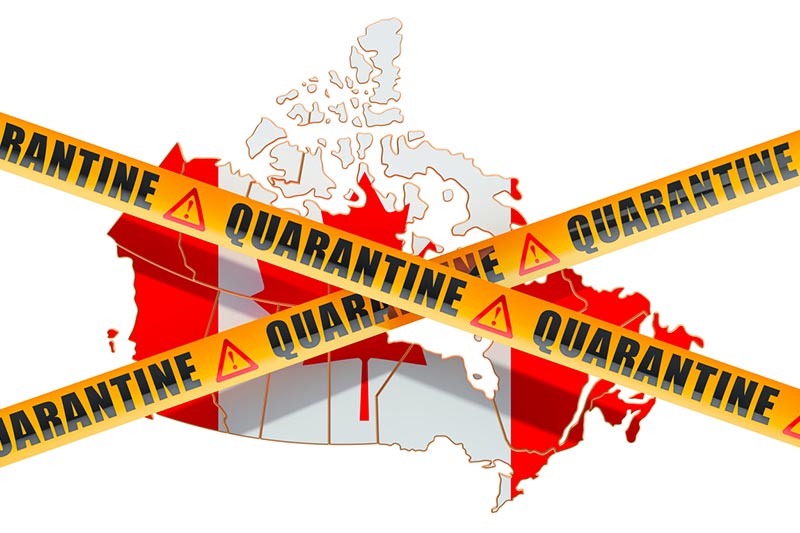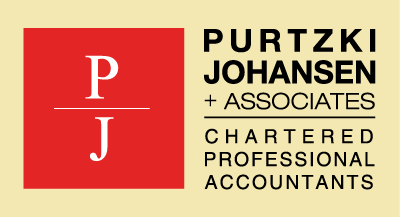
The government just released its Economic Response Plan. Here are the changes that you should be aware of.
Tax deferral-business: Businesses are able to defer payment of income tax until September 1, 2020. This deferral applies to tax balances and instalments that are owing on or after March 18, 2020 and before September 2020. The payment relief applies only to income tax payments, and does not apply to other payments such as GST and employer payroll remittances.
Tax deadline-individuals: Individuals, other than trusts, will have until June 1, 2020 to file their personal tax returns for the 2019 taxation year. Trust will have now until May 1, 2020 to file their 2019 tax returns. Taxpayers who have income tax balances and income tax instalments that are owing on or after March 18, 2020 and before September 2020 will be able to defer the payment of any income tax amounts until September 1, 2020. These amounts will not be subject to interest or penalties during this period.
Wage subsidy for small business: The subsidy will be available for three months, and will be equal to 10% of the remuneration paid during that period, up to a maximum subsidy of $1,375 per employee and $25,000 per employer. This benefit is immediate because business can reduce the remittances of income tax withheld.
Emergency Care Benefit: Employees who need to stay home because of COVID-19 but are not eligible for EI may qualify for the new Emergency Care Benefit. It provides up to $900 every two weeks, for up to 15 weeks and will be available to individuals including self-employed who are placed in quarantine or take care of a family member who is ill. The benefit is also available to parents with children who require care or supervision due to school closures, and are unable to earn employment income. CRA will administer the benefit by applying online or by phone starting April 2020. Applicants will not have to provide a medical certificate but will have to retest that they meet the eligibility requirements every two weeks to reconfirm eligibility.
EI Sickness Benefits: the government will waive the one- week waiting period for EI sickness benefits for new claimants who are quarantined so that they can be paid for the first week of their claim effective March 15, 2020. It also waives the requirement to provide a medical certificate to access EI sickness benefits.
Other measures
- Increase the maximum annual Canada Child Benefit payment by $300 per child for the 2019/20 benefit as part of their May payment.
- Reduce required minimum withdrawals from Registered Retirement Income Funds (RRIFs) by 25% for 2020.
- Electronic signatures: the CRA will temporarily recognize electronic signatures on form T183 or T183 CORP. These are the forms that authorize your tax preparer to file your taxes electronically, just in the unlikely event that you don’t want to have a face-to-face meeting with your tax accountant.
- Place a six month interest-free moratorium on the repayment of Canada Student Loans.
- Make a one-time special payment to eligible individuals through the Goods and Services Tax Credit of almost $400 for single individuals and an average of $600 for couples.
- Increase flexibility for homeowners to defer mortgage payments on certain insured mortgage loans through the Canada Mortgage and Housing Corporation.
- Provide support through Canada’s largest banks, including a deferral of up to six months for mortgages.
We are here for you.
We can help you assess how the new measures may affect you to ensure you will keep informed of any tax related changes that you need to consider in the days and weeks ahead.



